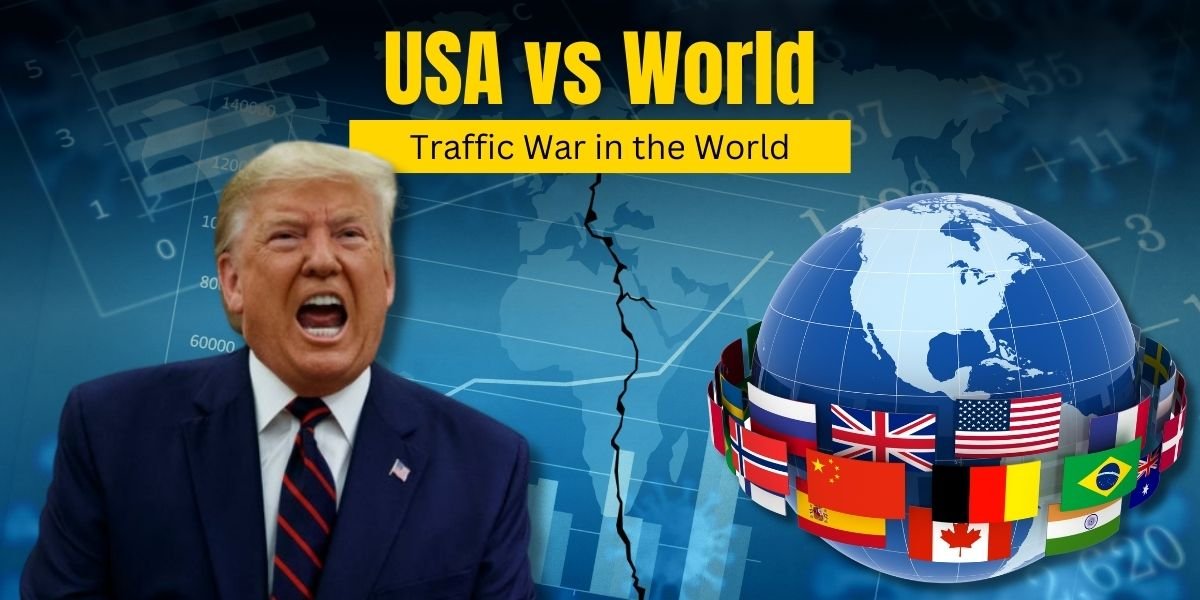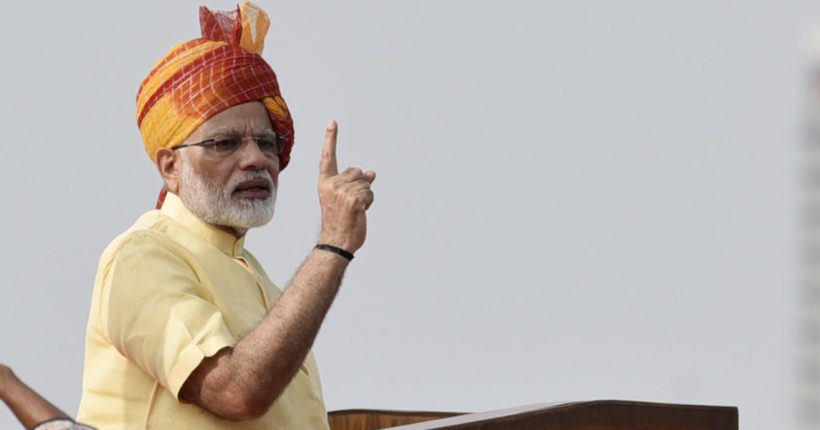

The world trading arena in 2025 is ablaze with tension, with strategy, and with high-stakes power moves. President Donald Trump is again living in the White House, and America again has acquired a swaggering, uncivilized trade policy that’s shedding old friends and issuing challenges to challengers to get theirs in return. All that quiet diplomacy malarkey— give me a break— economic war in three-piece suits is the game.
The Tariff Tsunami: A New Age of Protectionism
Behind the United States’ bold new trade policy is a tariff tsunami last witnessed in the 1930s. The Trump regime has slapped a universal 10% tariff on nearly all imports, a whopping 145% tariff on Chinese imports. The reason? Economic sovereignty and national security. Trump has explicitly fingered China not only for unfair trade practices but also for involvement in the opioid epidemic, presenting the tariffs as a patriotic measure to counter a multi-faceted menace.
The consequences? Painful and abrupt. The US economy contracted 0.3% in the first quarter of 2025. Large giants such as Caterpillar and Stanley Black & Decker issued bleak forecasts, citing runaway expenses and weakening consumer confidence. They’re not isolated grievances—it’s canaries in the mine for potentially a wider industrial slowdown.
Global Retaliation: The Trade War Escalates
If Washington expected Beijing to just take the punch on the chin, they were bitterly let down. China hit back with up to 125% retaliatory tariffs on American products, hitting sectors of maximum harm such as agriculture and oil. And that’s without mentioning they’ve strengthened export bans on rare earths, key ingredients in tech and defence production
While all this is going on, the European Union is deciding what to do next, torn between preserving transatlantic relationships and defending its own businesses. The World Trade Organization is not hopeful either. It’s predicting a decline in global merchandise trade of 0.2% for 2025. The punch line is regional, though: North America is poised to see a devastating 12.6% decline in exports, according to recent analysis.
Strategic Alliances: Building a New Bloc
While tensions with China and the EU continue to boil, the U.S. is eyeing alternative trade partners. Deals with Japan, India, and South Korea have been declared by Trump to be “weeks away” from being signed. The bilateral agreements are being pitched to wean America off traditional titans and instead form alliances with strategic partners in Asia.
The underlying shift here is more than just who we’re trading with—it’s how. Multilateral trade deals are no longer desired whereas targeted, transactional agreements are more than welcomed. As a CEPR analysis explains, this “reciprocal tariffs” model I an essence reprograms trade diplomacy to work like high-stakes business negotiations, where loyalty and leverage matter more than tradition or global consensus
Market Reactions: Bulls, Bears, and Cash Cushions
Because these trade shocks have a ripple effect throughout the economy, investors are hedging their bets—hard. Legendary investor Mark Mobius, who has made a reputation for himself as an emerging markets bull, has made a dramatic reversal: putting 95% of his portfolio in cash. Why? “You can’t invest with this kind of uncertainty,” Mobius told Business Insider this April, citing volatility, fears of inflation, and geopolitical risk as a perfect storm for capital flight
Meanwhile, firms like Barclays are thriving in the whirlpool. Thanks to savvy hedging and more volatility-driven business, the company achieved a 20% hike in quarterly profit. Such is an exception. Wall Street is apprehensive, almost in a panic. The question is no longer “what’s next?””—but rather “how worse before better?”
The High-Stakes Gamble
America is no longer just playing global trade—it’s rewriting the playbook. Whether this bet pays out or creates more economic fissures remains to be seen. Trump and his supporters say that this is about restoring balance and safeguarding American jobs, while critics say isolationist policies will isolate allies and erode long-term economic strength.
One thing is certain: 2025 is no typical year for international trade. From power maneuvers to retaliations to realignments, the world isn’t just observing this trade waltz—it’s following it, whether it likes it or not.
By Kajal Bawa
(KPP News)
You May Also Like
-
May 14, 2025
-
May 14, 2025
-
Sep 20, 2022
-
Aug 20, 2022



